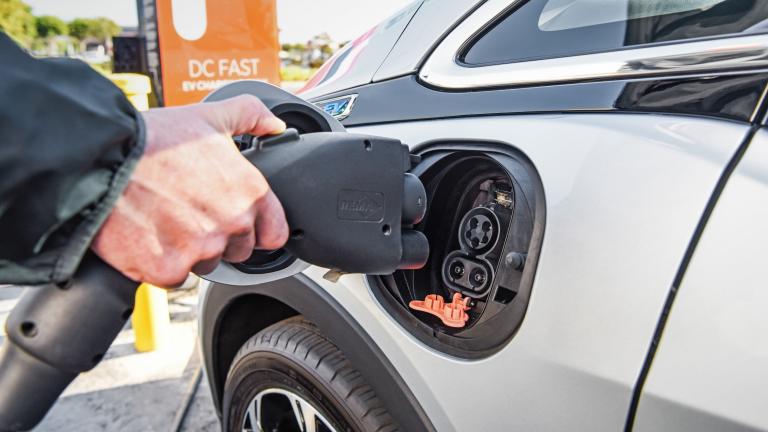
Electric cars, which currently rely on lithium-ion batteries, have been a hopeful way to reduce transportation emissions in the US. But a new MIT Energy Initiative report finds that the cost of these cars may not be comparable to that of their less environmentally-friendly counterparts for quite some time. James Temple, MIT Technology Review's senior editor for energy, breaks down the issue in this article.
Read the full article at: https://www.technologyreview.com/s/614728/why-the-electric-car-revoluti…
Image by: Chevy Bolt





